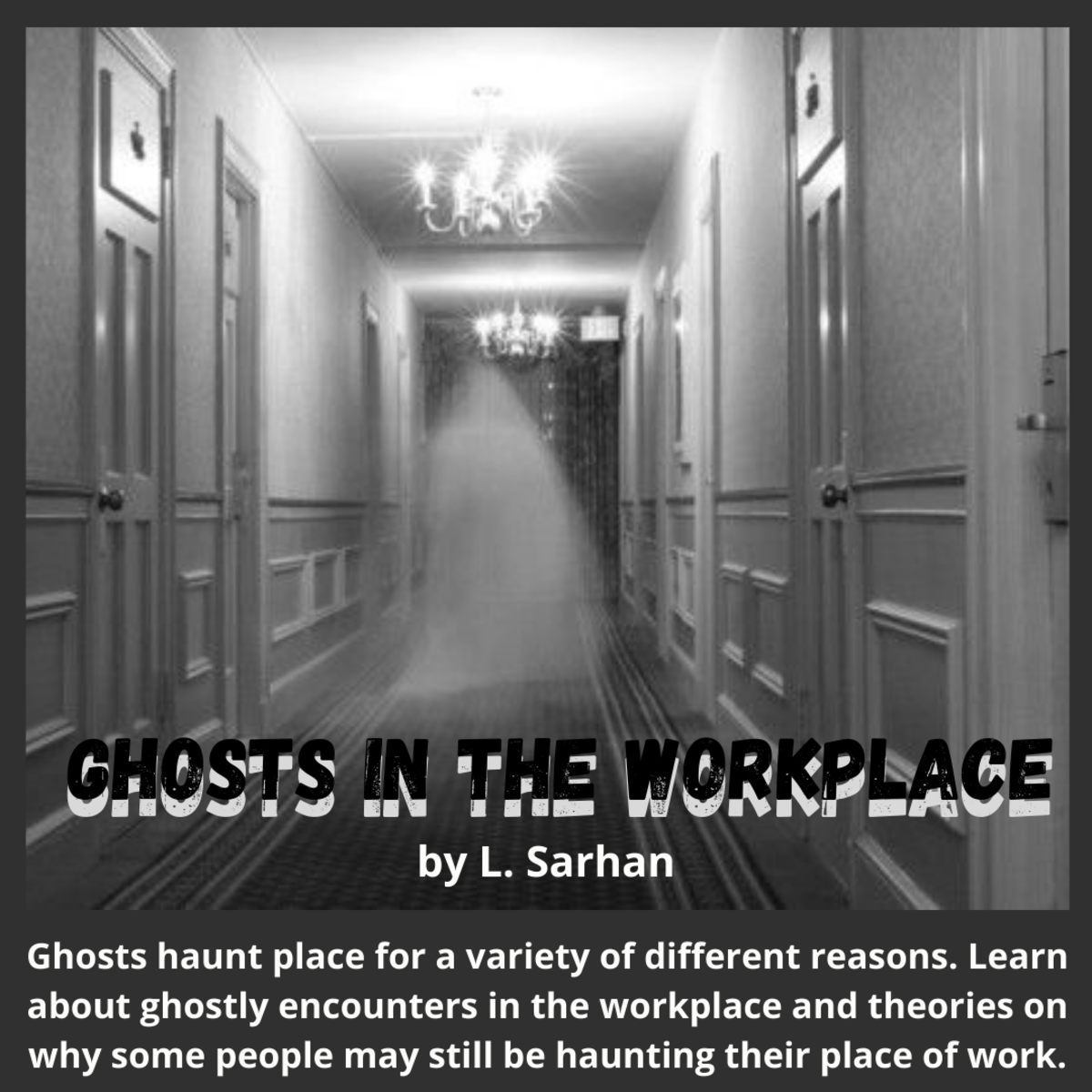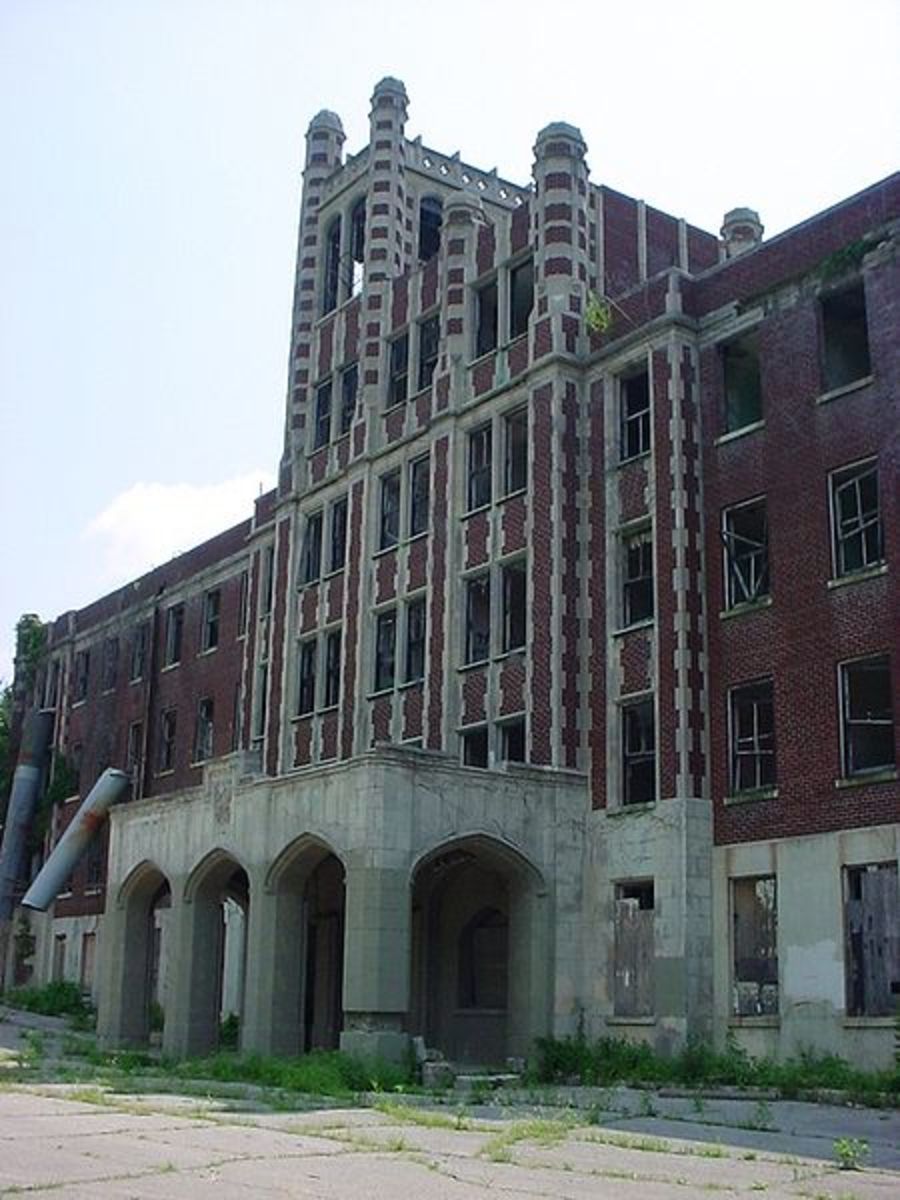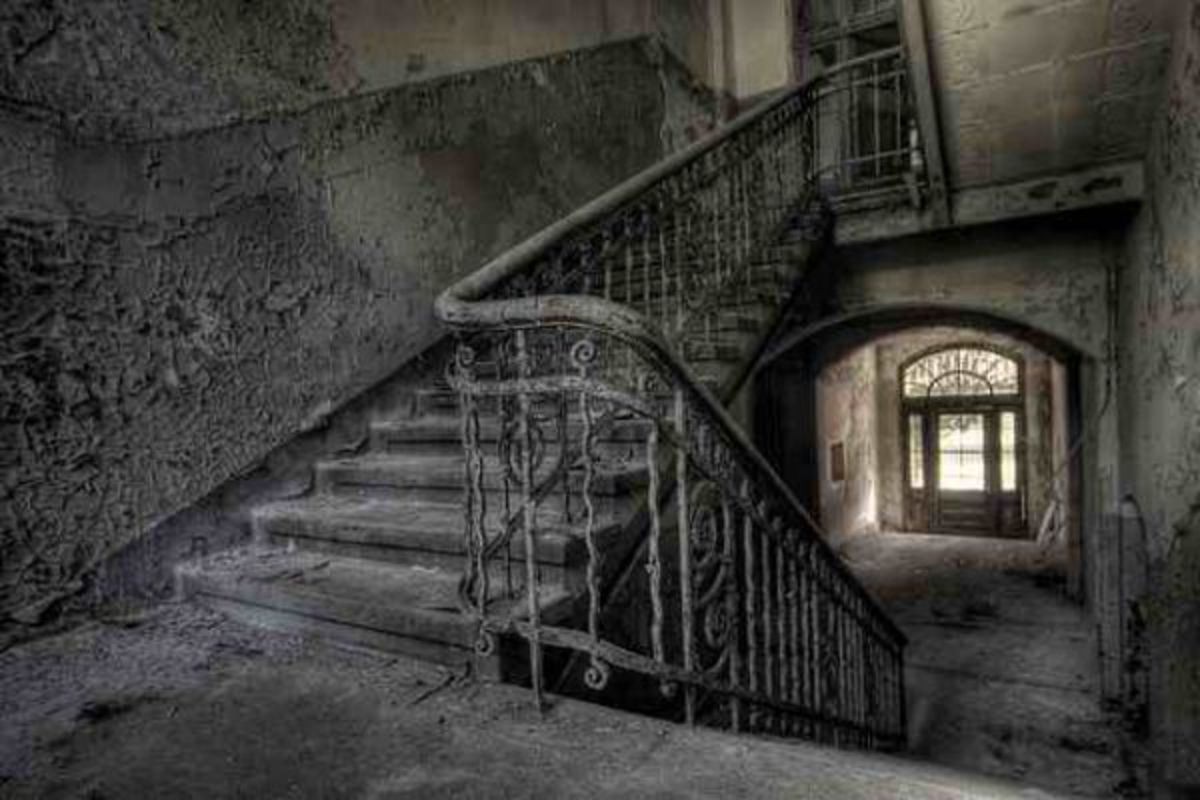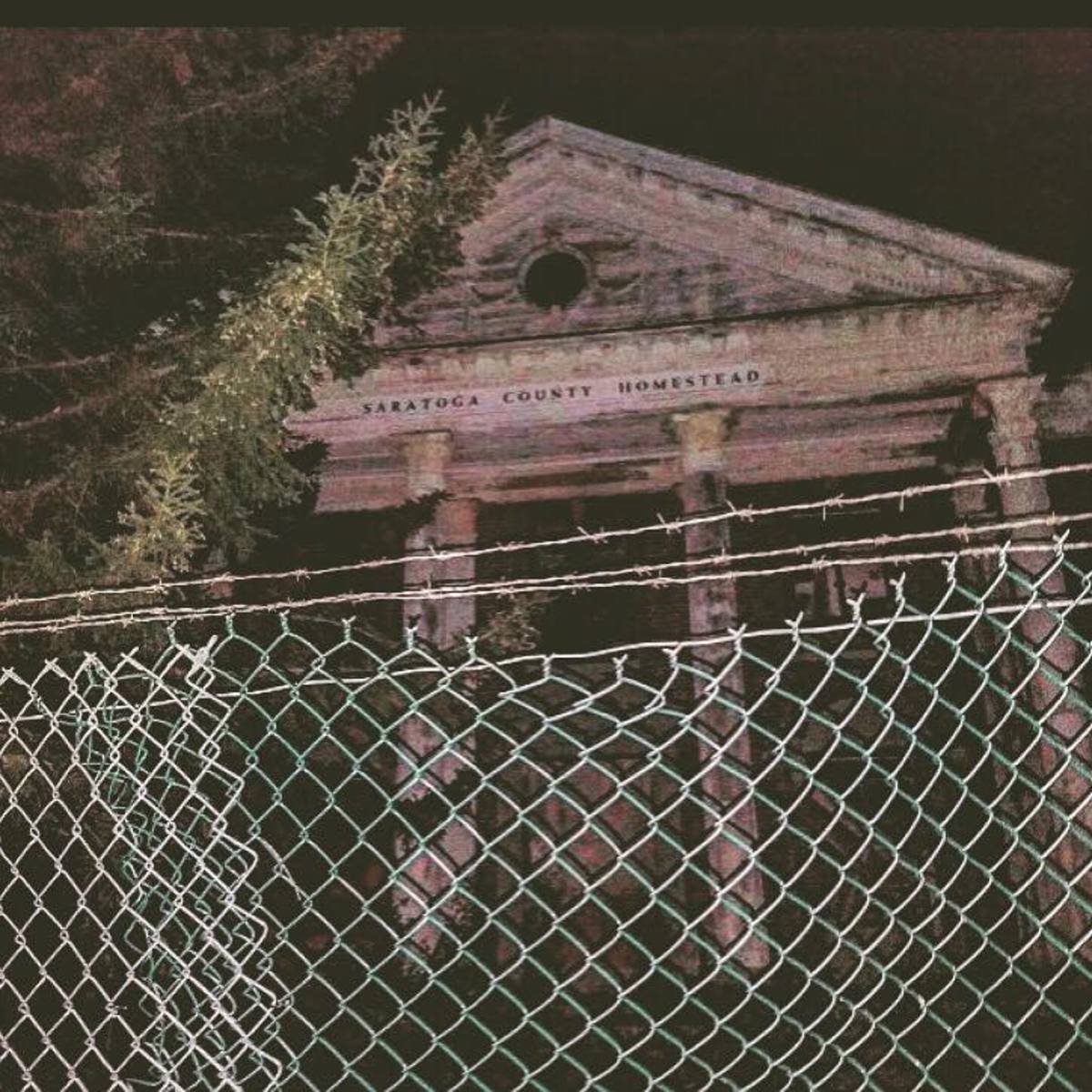Haunted Waverly Hills Sanatorium


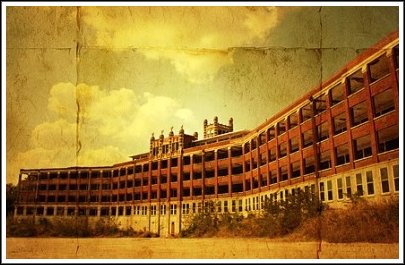
The Waverly Hills Sanatorium in Louisville, Kentucky was one of thousands existing in the early 1900s. At the time, Louisville had the highest tuberculosis death rate in the country and the sanatorium was built to deal with the massive outbreak. Thousands died of the disease also called the “White Death.”
The hospital, opened in 1926, was considered to be the most advanced tuberculosis hospital in the country. Even so, treatment for tuberculosis in those days was more barbaric than medical. Most who came seeking help knew their chances were slim to none. However, some were cured.
Physicians
of the times believed the best cure for tuberculosis was plenty of nutritional
food, rest and fresh air. Records no longer exist, but it was said at the
height of the epidemic, one patient died every hour.

Louisville lay in a low valley area before development. It was basically all swampland which made a perfect breeding ground for Tuberculosis bacteria. So, in 1910, a wooden, two-story hospital with 40 beds opened on one of the highest elevated hills in southern Jefferson County.
However, it was soon realized the hospital was too small as they quickly became swamped with more than 130 cases of tuberculosis. A much larger facility was needed. Land was donated and $11 million collected to begin construction on a new facility in 1924.
Although patients came in through the front door, if they died, their bodies were disposed of through a chute in the back of the sanatorium.
Patients of the sanatorium were frequently subjected to harsh, outdated treatments. Treatments like being exposed to cold freezing air in mid-winter to expose diseased lungs to fresh air. Many died from pneumonia instead of the disease they came in with. Photographs exist, showing many placed outside literally covered in snow.
Some treatments were more terrible. Balloons were surgically implanted into the lungs and then filled with air for lung expansion, often with disastrous results. Another procedure consisted of deflating an infected area of the lung for a period of time and then letting it heal. This method is still used to some extent today. But, usually any surgically invasive procedures performed ended in a patient’s death. Many doctors and nurses lived and died there with their patients.
It wasn’t until 1943 Albert Schatz discovered Streptomycin, the first real defense against the disease. By the mid 1950’s, tuberculosis had been largely eradicated because of this antibiotic. In 1961, Waverly Hills Sanatorium was closed because there was no longer a need for a tuberculosis facility. The buildings were reopened in 1962 as Woodhaven Geriatrics Sanitarium. To this day, there is still debate on the experiments conducted at Waverly.
Over the years there have been many stories told of patient mistreatment, abuse and unusual experiments conducted at the sanatorium. Some have been proven false, while others unfortunately were true. Electroshock therapy was widely used and there were many documented cases of horrible conditions and other unusual treatments.
The 1960’s and 1970’s were a time of deep budget cuts for facilities of this type, which did little to improve the situation. The state of Kentucky closed Woodhaven in 1982 due to reports of patient abuse. The buildings, contents and land were auctioned off and the doors locked. Apparently, many patients still reside there.
Many strange happenings have been reported since the sanatorium was closed. Visitors have heard footsteps of people running through hallways when no one was there. Instances of electricity working have been reported although there has been no power for years. Doors have been heard slamming and ghosts seen. Such as a woman with bleeding wrists screaming “help me, somebody save me!” And a small boy running through the hallways with a leather ball has been seen.
The fifth floor is where much of the paranormal activity is said to happen. Many visitors to the fifth floor have claimed to have seen shadows lurking or shapes within the windows. Some have even reported being told to “get out” by a disembodied voice in room 502. A nurse committed suicide in that room.
The fifth floor is also where mentally insane TB patients were kept and a nurse that jumped from the roof to her death.



